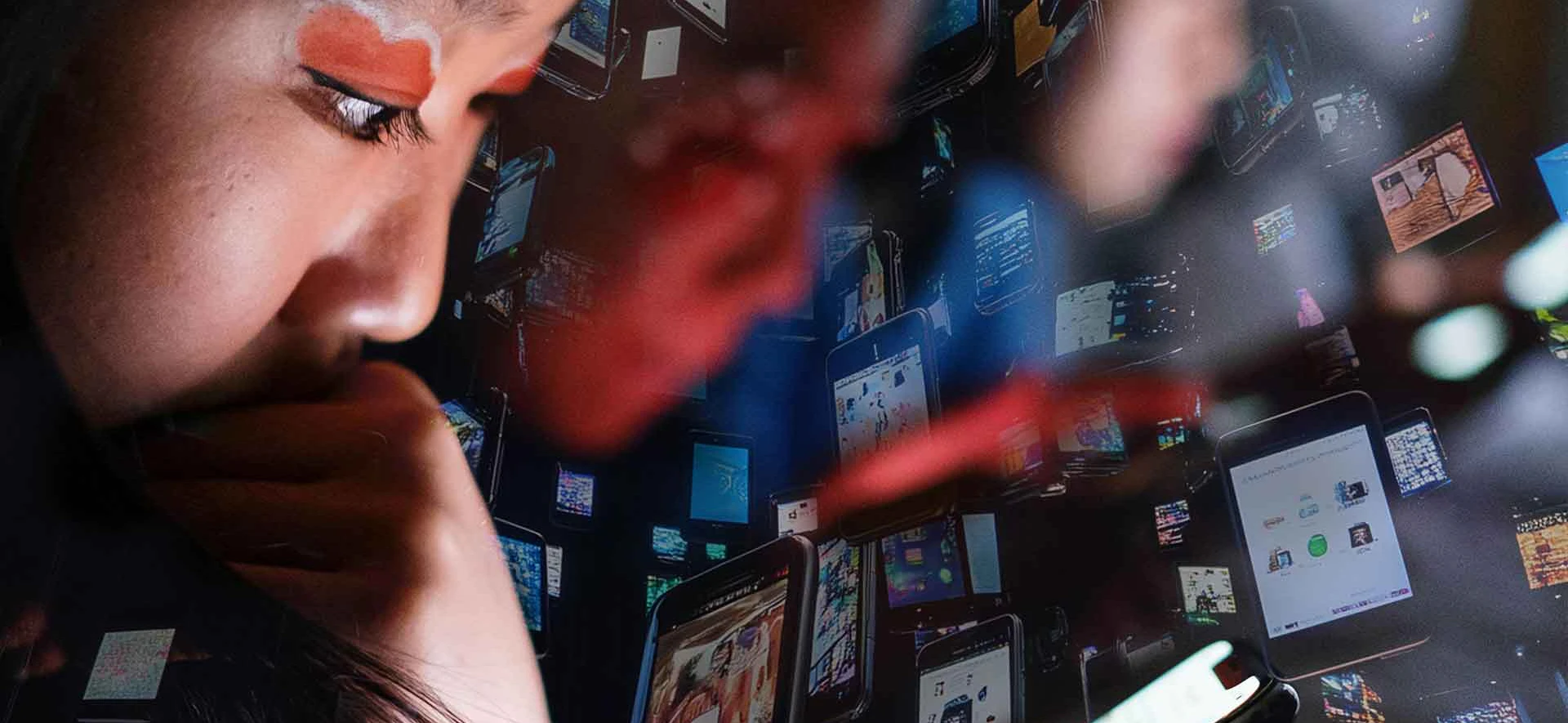The narrowing and splitting of consumption
So how are people reacting to this glut of content across long, mid and short-form?
Well, Enders probably put it best when they noted the ‘narrowing and splitting of consumption.’ essentially, viewers are tuning into the same top 100 shows (all be it watching at different times) supplemented by diving into hyper-relevant niche content, primarily served on mobile screens.
From a long-form perspective, as a consequence of the era of ‘Peak TV’, the sheer volume of available content has become overwhelming. While the overall number of scripted and unscripted originals has tapered off since Peak TV’s height in 2022, a Nielsen survey found that most consumers are not negatively impacted by this abundance. In fact, only one in 20 respondents reported negative feelings about their streaming experience. Instead, people have adopted strategies to cope with the content overload:
Word of Mouth: Our EssenceMediacom survey revealed that recommendations from friends and family remain the most important factor in selecting long-form content.
Algorithmic suggestions: The same survey showed that 71% of respondents were ‘very likely’ or ‘likely’ to watch content recommended by streaming platforms’ algorithms.
Interestingly, search data backs this up. The term “where to watch” has now overtaken “what to watch”, suggesting that viewers are seeking out specific shows first and then locating the platforms that host them. This behavior reflects a growing confirmation bias, where people look for validation post-recommendation, contributing to the well-documented “paralysis of choice.“
